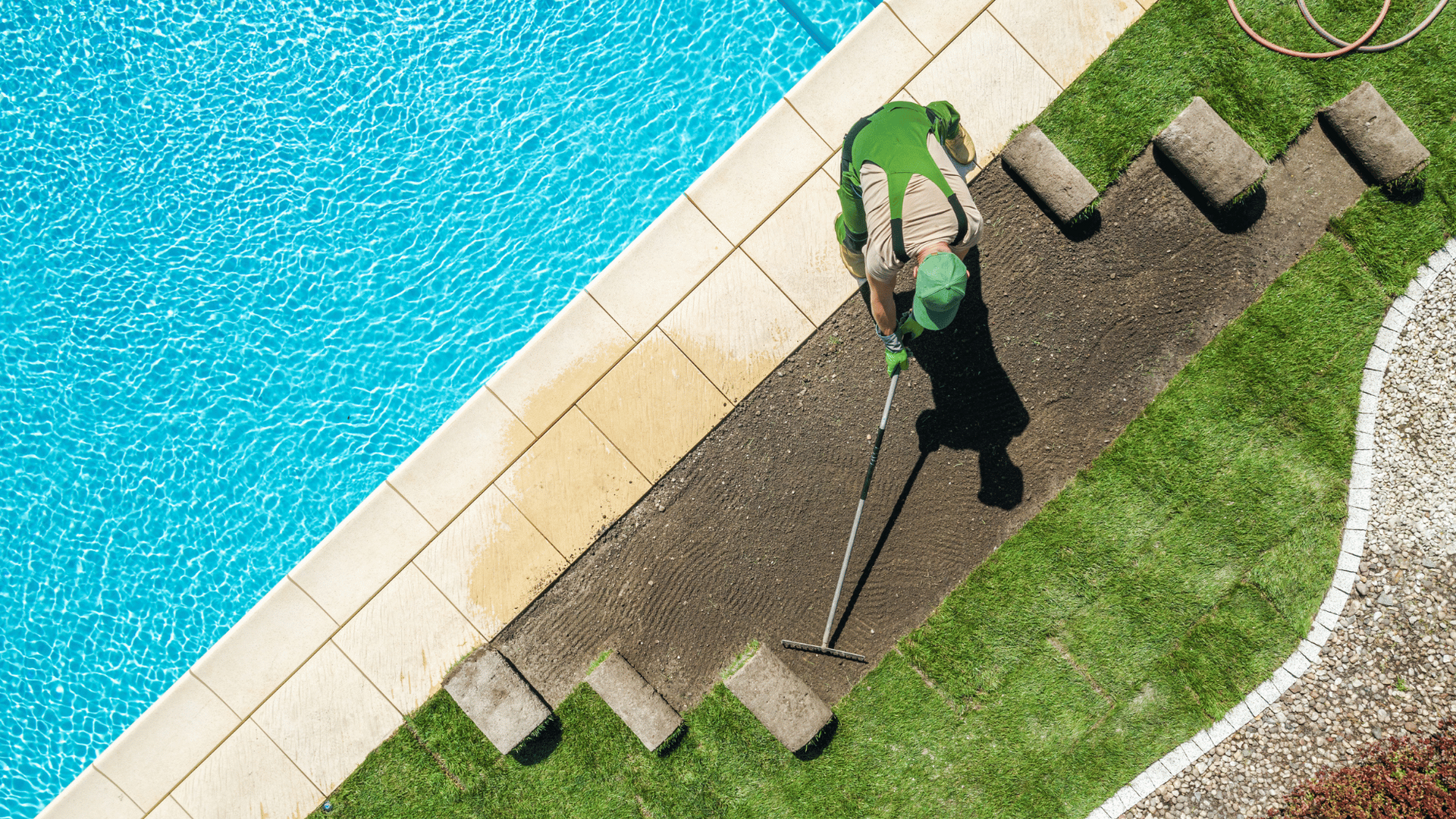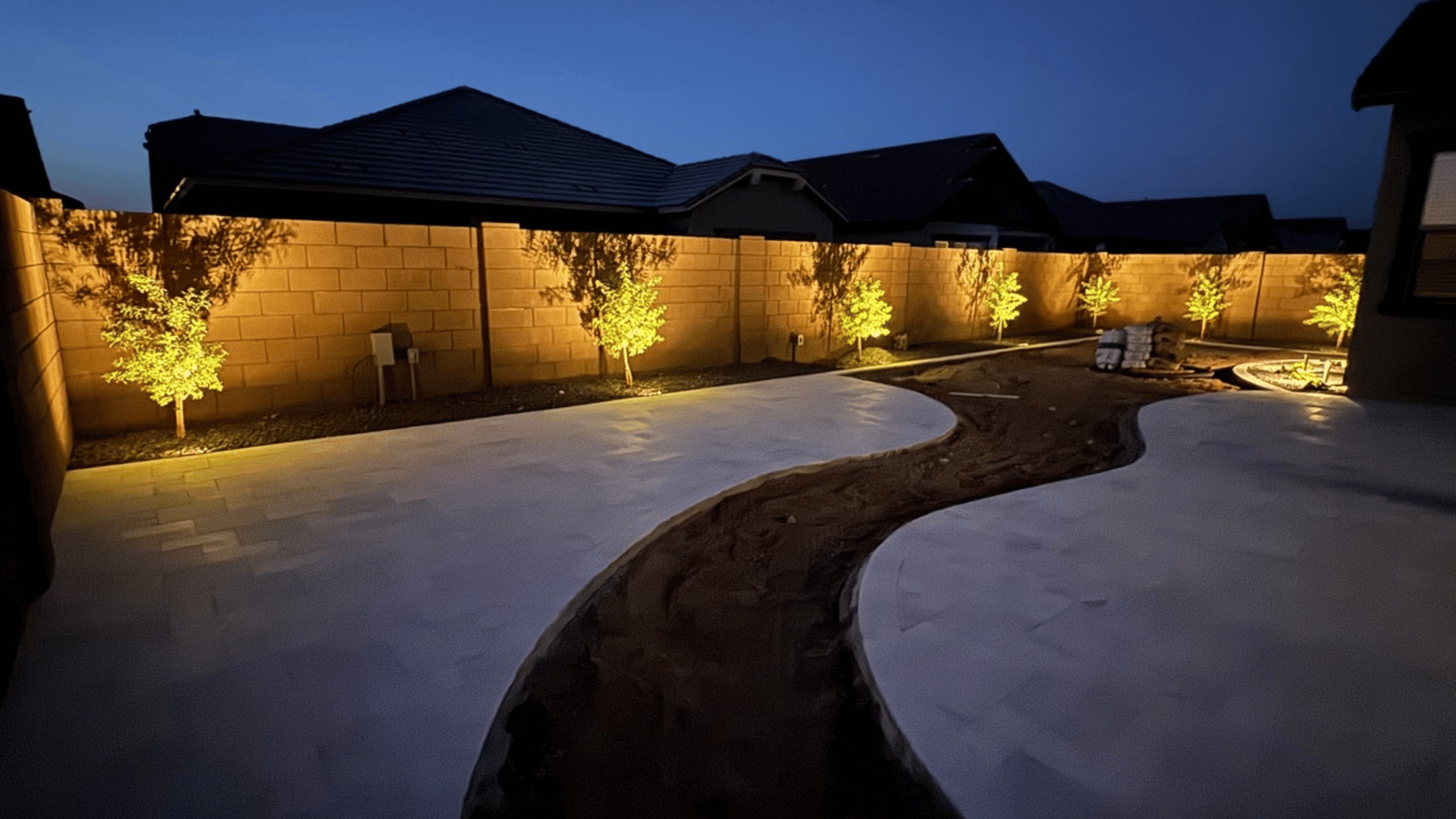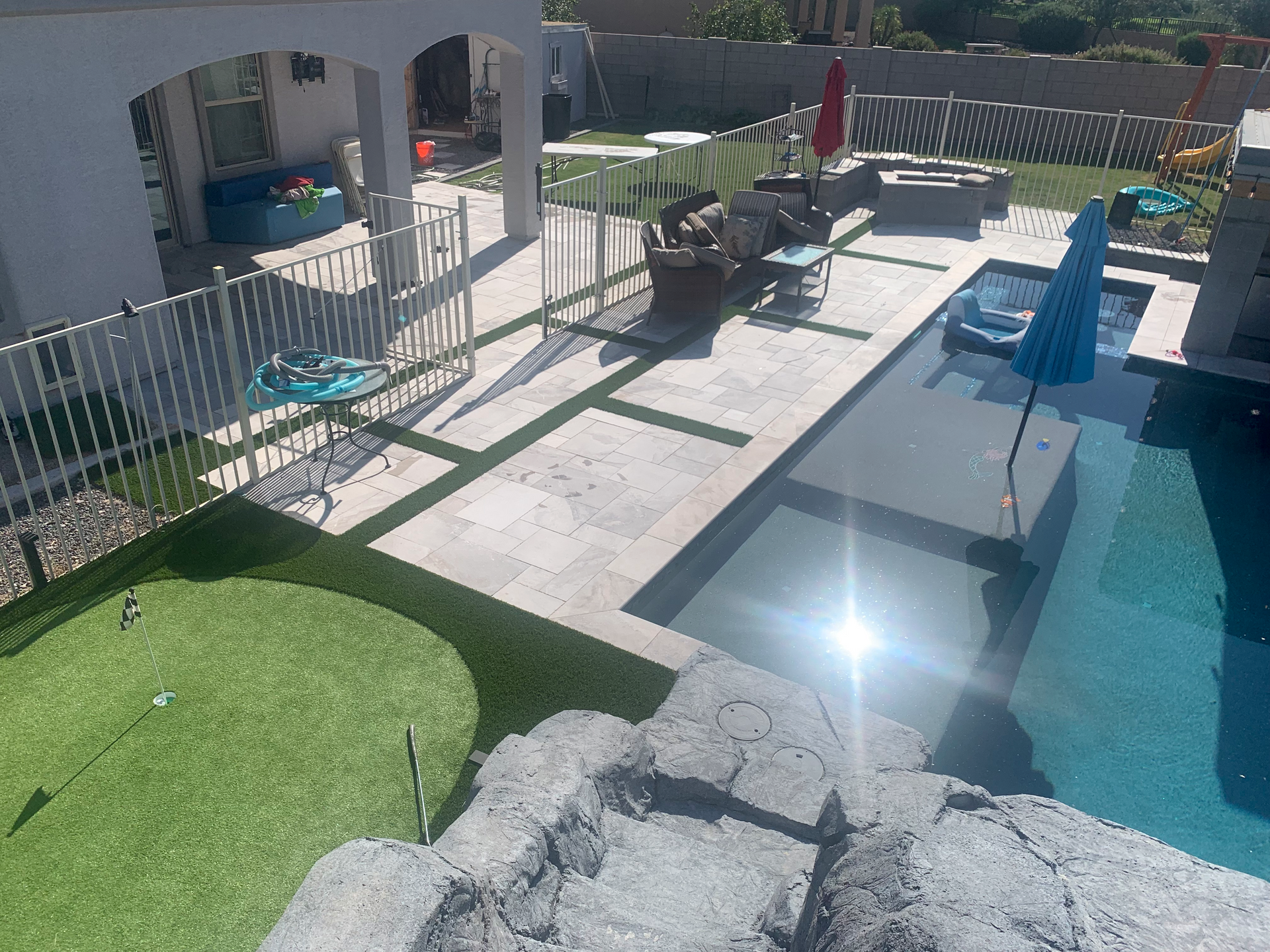Water Features 101: Adding Tranquility to Your Outdoor Spaces.
Incorporating a water feature into your outdoor living space can transform an ordinary backyard into a serene retreat. The gentle sound of flowing water not only adds a calming presence but also enhances the beauty of your garden, balcony, or patio. This guide will explore the different types of water features you can add to your outdoor spaces, along with tips for installation, maintenance, and creating a harmonious landscape.
1. Choosing the Right Water Feature
Types of Water Features
- Fountains: Available in various sizes and styles, fountains are versatile and can be placed as a centerpiece or accent in your garden. They work well in small spaces and require minimal installation.
- Ponds: A pond can serve as a habitat for fish and aquatic plants, adding biodiversity to your garden. They are ideal for larger spaces and can be customized with waterfalls or bridges.
- Waterfalls: Adding a waterfall to your garden creates a dynamic feature with sound and movement. They can be standalone or incorporated into a pond.
- Streams: Artificial streams are excellent for creating a naturalistic look. They require more space and planning but are very effective in larger landscapes.
Considerations for Selection
- Space: Assess the space available and ensure that the scale of the water feature complements the area without overwhelming it.
- Budget: Costs can vary widely based on the complexity of the installation and materials used.
- Maintenance: Consider the level of maintenance you are willing to undertake. Ponds and waterfalls require more upkeep than simpler installations like fountains.
2. Installation Tips
DIY vs. Professional Installation
Smaller features like tabletop or garden fountains are typically easy to install on your own. Larger projects, such as ponds or waterfalls, might require professional help, especially for electrical and plumbing needs.
Essential Equipment
- Pump: Essential for circulating water, the pump is the heart of any water feature.
- Filter: Necessary for ponds and waterfalls, a filter keeps the water clean and healthy, especially if you plan to keep fish.
- Liner: For ponds and streams, a liner prevents water from seeping into the ground.
Best Practices
Position your water feature so it can be enjoyed from multiple vantage points, both inside and outside the house.
Consider the power source for electric pumps. Solar-powered options are available for more flexible placement and are environmentally friendly.
3. Maintaining Your Water Feature
Regular Cleaning
Keep the water free of debris by regularly cleaning pumps and filters. This prevents clogs and keeps the water flowing smoothly.
Algae growth can be controlled with proper filtration and the use of algae inhibitors.
Winter Care
In colder climates, take steps to prevent freezing. This might include removing the pump and draining the water feature, or using a heater to keep water from freezing.
4. Enhancing the Environment
Aquatic Plants
Adding plants like water lilies, lotus, and iris can beautify your feature and help maintain the ecological balance by oxygenating the water and providing habitat.
Lighting
Underwater or accent lighting enhances the visibility of your water feature at night, creating a dramatic effect and allowing for evening enjoyment.
Surrounding Landscaping
Complement your water feature with surrounding plants and stones to create a more natural look. Choose plants that will thrive in the moist environment near your feature.
Water features are a wonderful addition to any outdoor space, offering both visual beauty and a soothing ambiance. Whether you choose a small fountain or a full-fledged pond and waterfall, the sound of water will bring a sense of peace and tranquility to your outdoor living area. With the right planning and care, your water feature will serve as a cherished part of your garden or yard for years to come.



